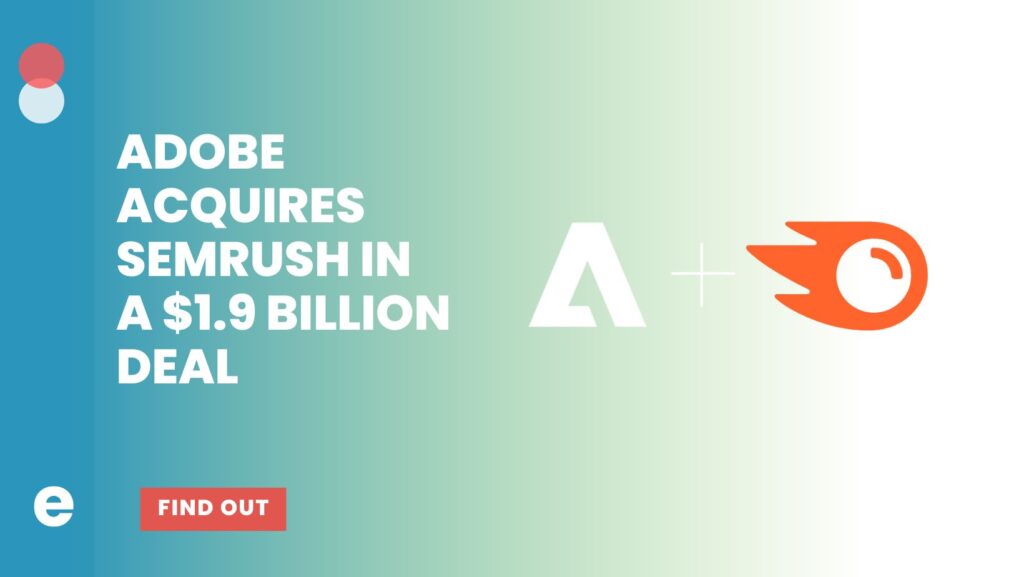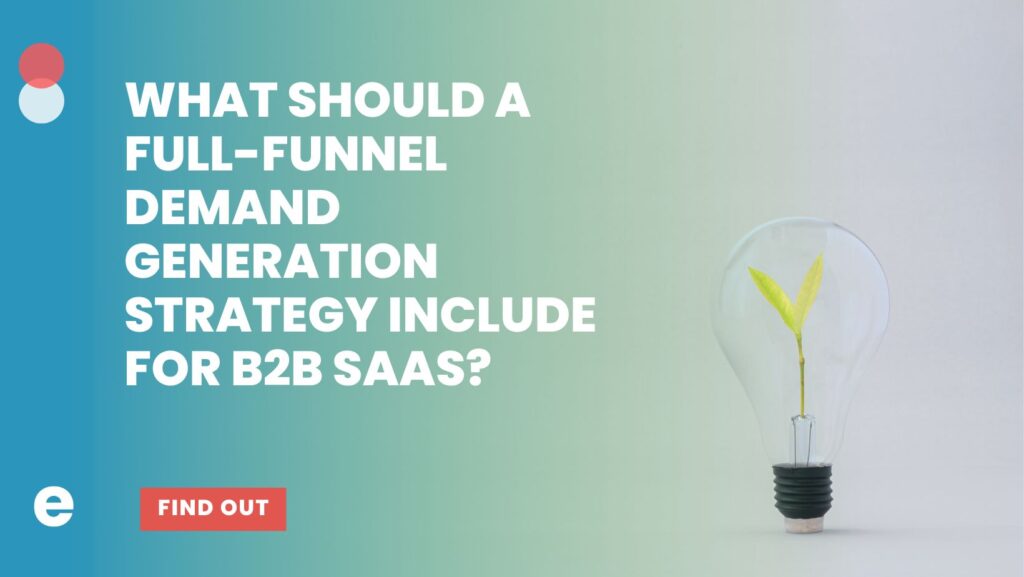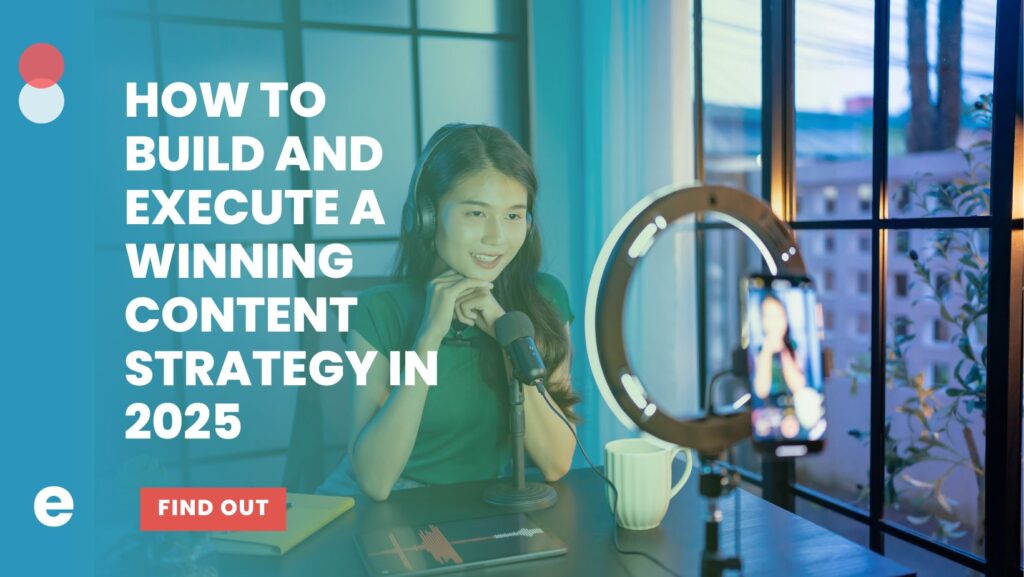As Google continues to evolve its ad products to be more automated, two powerful tools are gaining attention: AI Max campaigns (these are new) and Dynamic Search Ads (DSA). Both use machine learning to enhance targeting and creative delivery—but they rely heavily on the content that exists on your website.
Let’s break down how each works, and then dig into why your website content is the real hero behind their success.
What Is Google AI Max?
AI Max is Google’s newest AI-powered campaign type that builds on the foundation of Performance Max, but with an even stronger emphasis on automation and generative AI. While Performance Max lets advertisers provide a range of creative assets for Google to assemble dynamically, AI Max leans further into AI-generated headlines, images, and copy, using your website and conversion goals as its core training data.
Key Features of AI Max:
- Generative AI-Created Assets: Google can auto-generate text and image creatives based on your website and product feed.
- Full-Funnel Targeting: Uses real-time signals across Search, YouTube, Gmail, Maps, and Display to reach users at every stage of the funnel.
- Minimal Setup Required: Ideal for advertisers who want to test quickly and let Google’s algorithms take the wheel.
- Content Crawling: Like DSA, AI Max campaigns may analyze your landing pages to understand what you’re selling and who to target.
In short: AI Max is performance marketing with less manual input—and more reliance on Google’s machine learning to test, learn, and optimize.
What Are Dynamic Search Ads (DSA)?
Dynamic Search Ads have been around for a while, but they’re more relevant than ever in a landscape shifting toward automation. Instead of bidding on keywords, DSA campaigns scan your website and dynamically match search queries to relevant pages—automatically generating headlines and landing pages based on your site’s content.
Key Benefits of DSAs:
- Keyword Expansion: Capture long-tail or niche queries you might not be bidding on in your keyword-based campaigns.
- Time Saver: No need to write ads for every product or service—Google dynamically creates them.
- Real-Time Matching: Google constantly updates which queries trigger your ads based on your site content.
Think of DSA as your always-on keyword miner—helping you surface opportunities you didn’t even know were there.
Why Your Website Content Is Everything
Whether you’re using AI Max or DSA, these campaigns are only as smart as the content they’re fed. That means the more specific, helpful, and targeted your website and landing page content is, the better your ads will perform.
Here’s why strong content matters:
- Better Targeting: Google crawls your pages to match ads to relevant searches. If your content is vague or thin, it won’t know what your business is really about.
- More Relevant Ad Creative: For AI-generated ads, your website headlines, product descriptions, and service pages act as source material. Strong copy leads to strong ads.
- Improved Quality Scores: Pages that align well with search intent and ad messaging lead to higher quality scores—and lower costs per click.
- Higher Conversion Rates: Even if the ad works, poor landing page content kills conversions. Strong, specific content supports the user journey from click to conversion.
Ask yourself:
- Do my landing pages clearly explain the problem I solve?
- Are my product or service pages optimized for the phrases my audience actually searches for?
- Am I structuring content in a way that helps both humans and Google understand what I offer?
So What Now?
AI-powered ad campaigns like AI Max and DSA are removing manual barriers to scale—but that doesn’t mean you can ignore the fundamentals. Great content isn’t optional—it’s your most powerful ad asset. So if you’re investing in smart campaigns, make sure your website is just as smart. Because in the AI era, your content is your strategy.
If you want help assessing your landing pages, content and Google media strategy – reach out. We provide you with recommendations on how to maximize these AI ad platforms by optimizing, not just your media setup, but your landing page content as well.
Paid Marketing Pro. Ads on Google, Bing, Meta, LinkedIn, and more. Faith, Family, Football.


